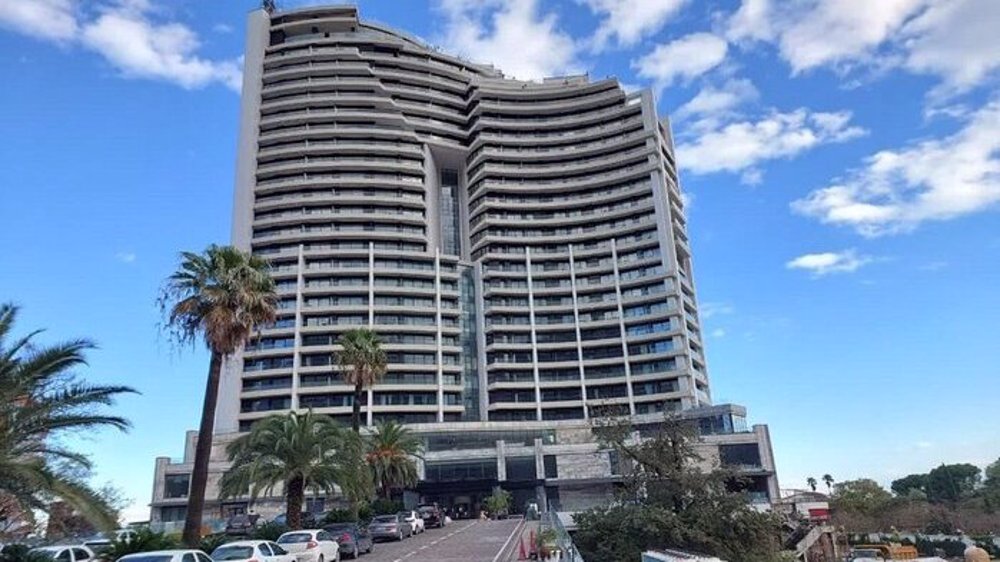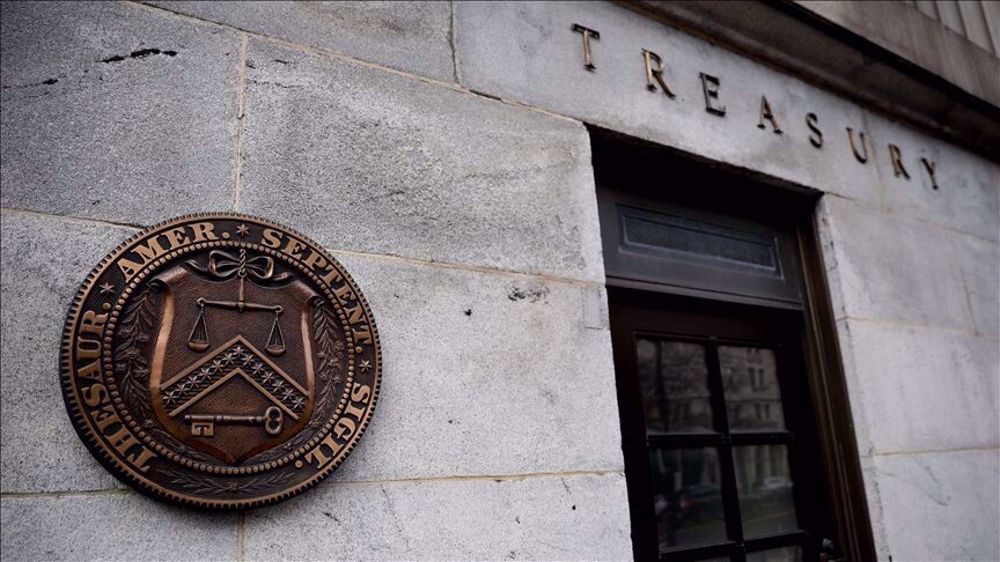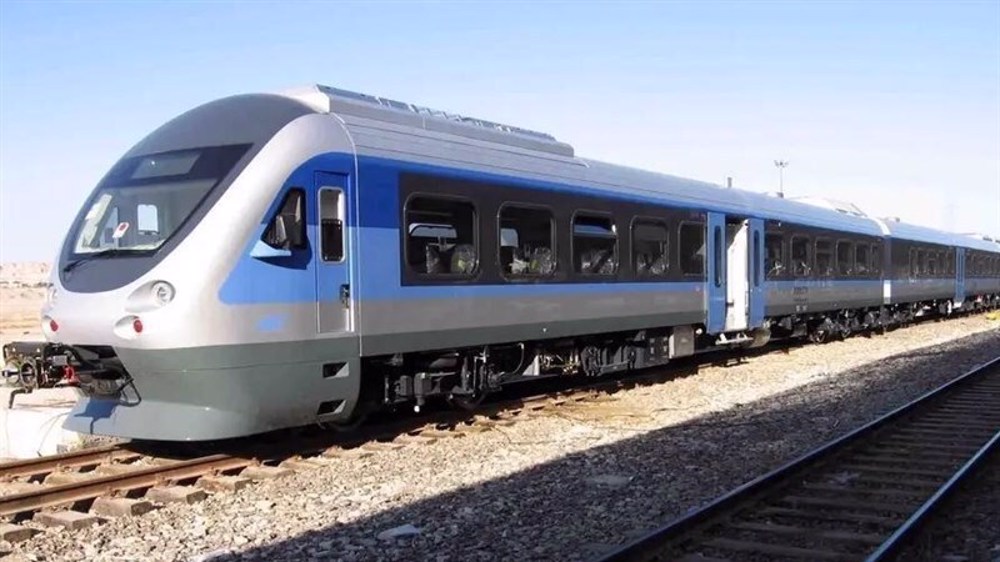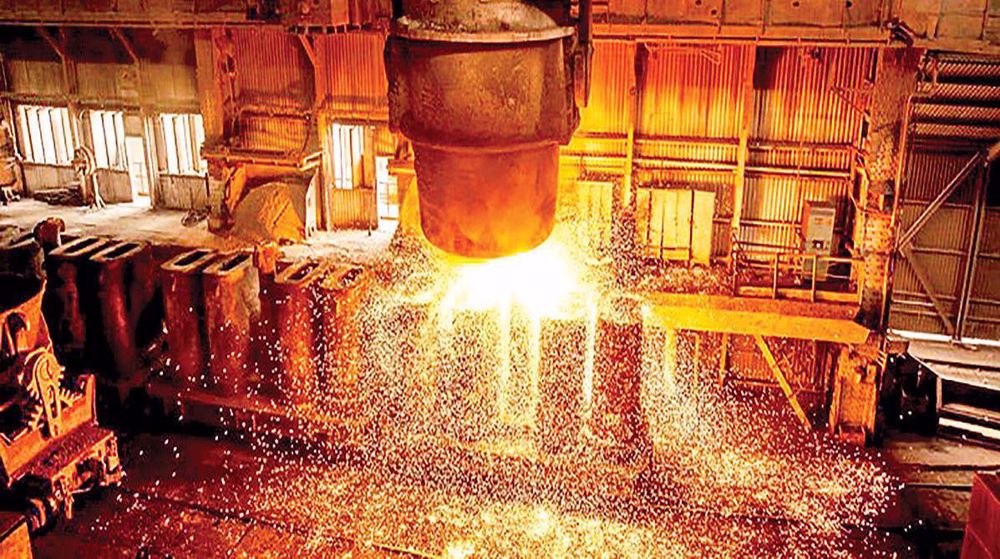The big role of steel industry in Iran’s development
The steel industry, the second biggest in the world after oil and gas with an estimated global turnover of $900 billion, has a history of more than 45 years in Iran where it is a strategic sector.
Steel-making is closely linked to many downstream industries such as automotive, construction, electronics, and mechanical and electrical engineering.
In Iran, steel is widely used in the construction of dams, buildings, bridges, ships, factories and household appliances, and has a special place in key industries such as automobile manufacturing, petrochemicals, and transportation.
In 2024, global steel demand is expected to rise 1.9% to 1.8 billion metric tons from the year before. According to the World Steel Association, Iran produced 31.1 million metric tons of crude steel in 2023, up 1.8% from the previous year. The production accounted for 58.4% of overall steel output in West Asia for the year.
Ever since our ancestors started to mine and smelt iron, they began producing steel. More than 4,000 years ago, people in Egypt and Mesopotamia discovered iron and used it as decoration. But it was another 2,000 years before people began producing iron from mined iron ore.
One of the most undeniable miracles about the Qur’an is its implications that the iron was something “sent down” and not from the earth, an idea not known to Arabs more than 1,450 years ago.
Chapter 57 of Sūrat al-Hadīd (The Iron) says, “And We sent down iron, wherein is great military might and benefits for the people, and so that Allah may make evident those who support Him and His messengers unseen. Indeed, Allah is Powerful and Exalted in Might.”
More than 95% of the production of base metals in the world is related to steel and steel alloys, and the consumption of other metals such as aluminum, lead, zinc, etc. is less than 5%.
The history of the modern steel industry began in the late 1850s since which steel has become a staple of the world's industrial economy and global production has more than tripled over the past 50 years.
Despite nations like the US and Russia scaling down their domestic production and relying more on imports, developing and emerging industrial countries are investing more in the steel industry than in the past in response to the needs of building up their industry infrastructure, which is necessary for the transition to development.
As of June 2024, China accounted for 43% of global steel production standing at 967 million metric tons, with India coming a distant second at 8%.
Iran’s steel output is estimated to reach 55 million metric tons by 2025 as the country is seeking $20 billion to develop its domestic industry.
In May 2024, Iran achieved a milestone by producing 3.3 million metric tons of steel, a 2.1% year-on-year rise for the month, briefly elevating the country to the 7th position among global steel producers, surpassing Germany, Turkey, and Brazil.
Far East Asian nations such as Malaysia, Singapore, Myanmar, Taiwan, Thailand, Philippines and Indonesia are the main importers of Iranian steel. Before 2017, some of Iran’s steel exports went to Europe before the European Commission levied heavy trade tariffs against Iranian products under US pressure.
Iran has a relative advantage over industrial countries such as Germany, Japan, South Korea and others for steel production due to having abundant iron ore and energy resources as well as young workforce.
The countries mentioned have to source almost 100% of iron ore and about 90% of the energy required for steel production through imports which, unlike Iran, makes them susceptible to the global changes in the price of iron ore, coal and scrap steel.
The missing link in Iran, however, is access to modern iron and steel production technologies which sanctions have made almost impossible, depriving the country of producing high-alloy steels.
Steel alloys combine carbon steel with other alloying elements to add or enhance specific material characteristics, such as strength, hardness, or corrosion resistance.
As a result, crude steel which uses up most of the energy consumed in the industry constitutes the bulk of Iran’s exports and the country does not benefit from bigger margins from higher value-added products.

Iran VP opens privately-owned $150 mln hotel in north Iran

US announces new sanctions targeting Iran’s drone program

Iran, Turkmenistan agree to launch passenger train services
VIDEO | Trump’s tariffs risk global trade war; EU prepared to retaliate
VIDEO | Netanyahu visits Hungary despite arrest warrant
VIDEO | Madrid cultural event for Syria with documentary hailing fight against Takfiris
VIDEO | UK economy reels from impact of Trump Tariffs
UNRWA chief slams Israel’s attacks on UN facilities
VIDEO | The story of Heyam: nowhere is like Gaza!
Israeli warplanes carry out more airstrikes near Damascus
VIDEO | 'War Criminal' welcomed








 This makes it easy to access the Press TV website
This makes it easy to access the Press TV website